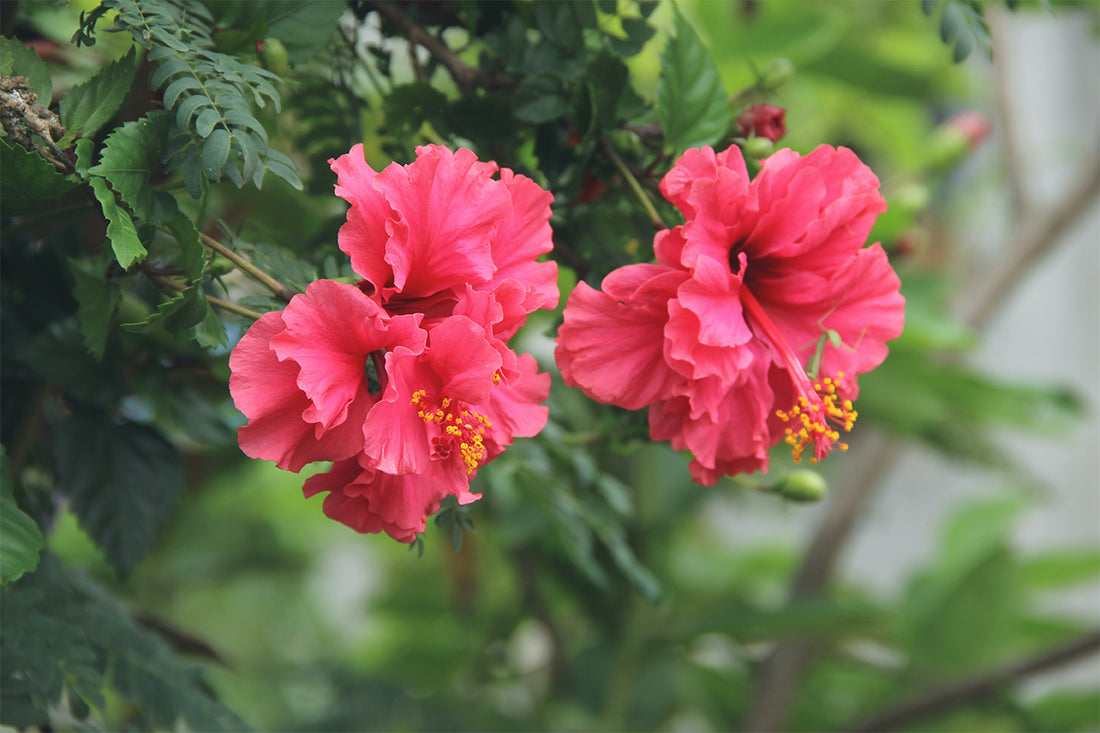Explore our latest blog on the Importance of the Gudhal Hibiscus plant in Indian culture. A luscious symbol of nobility and fertility, it's a must-read.
The Gudhal, or Hibiscus plant, holds significant importance in Indian culture and traditions. It is revered not only for its aesthetic beauty but also for its cultural, religious, and medicinal value. Here are some key reasons why the Gudhal plant is important in Indian culture:
Religious significance: The Gudhal plant is associated with several Hindu deities and is commonly offered to gods and goddesses during prayers and religious ceremonies. It is especially associated with Lord Ganesha, Goddess Kali, and Goddess Durga. The red hibiscus flower is considered auspicious and symbolizes devotion and purity.
Rituals and festivals: The Gudhal plant plays an essential role in various religious rituals and festivals in India. During special occasions, people decorate their homes and temples with hibiscus flowers, and it is also used in making garlands for adorning idols and images of deities.
Ayurveda and traditional medicine: In Ayurveda, the ancient Indian system of medicine, different parts of the Gudhal plant, such as leaves, flowers, and roots, are used for various medicinal purposes. It is believed to have therapeutic properties and is used to treat ailments like cough, hair loss, skin issues, and digestive problems.
Beauty and hair care: Hibiscus is known for its benefits in hair care. It is commonly used as a natural hair conditioner, promoting hair growth and preventing hair fall. Many herbal hair oils and shampoos in India contain hibiscus extracts.
Ornamental use: The Gudhal plant's vibrant and attractive flowers make it a popular choice for ornamental gardening. It is often planted in gardens and landscapes for its beauty and ability to add color and charm to the surroundings.
Symbol of love and romance: In Indian poetry and literature, the Gudhal flower is often used to symbolize love, passion, and beauty. Its association with romantic emotions makes it a popular choice for expressing affection and admiration.
Traditional dyes: The Gudhal flower is used as a natural dye in India. Its petals are boiled to extract a red dye, which is used for coloring clothes and fabrics.
Cultural symbolism: The Gudhal plant has become a cultural symbol in India, representing various attributes such as purity, beauty, devotion, and the cycle of life.
Overall, the Gudhal or Hibiscus plant holds a special place in Indian culture, playing an essential role in religious practices, traditional medicine, beauty care, and symbolism. Its versatility and cultural significance have made it an integral part of Indian customs and traditions for generations.

